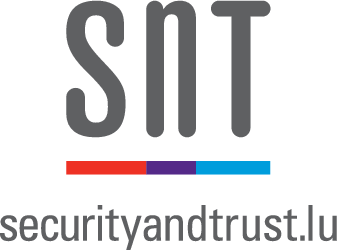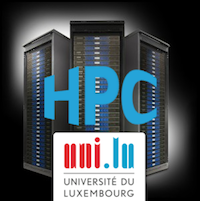Tutorials
The 2016 edition of CloudCom will include the following tutorials, on Monday December 12th.
Important: A personal laptop will be required for each participant to the tutorials.
Tutorial 1: Reproducible Research at the Cloud Era | 9:00am - 12:15pm
By: S. Varrette, PhD
The term Reproducible Research (RR) refers to “the idea that the ultimate product of academic research is the paper along with the full computational environment used to produce the results in the paper such as the code, data, etc. that can be used to reproduce the results and create new work based on the research.” [Source: Wikipedia].
The need for reproducibility is increasing dramatically as data analyses become more complex, involving larger datasets and more sophisticated computations. Obviously, the advent of the Cloud Computing paradigm is expected to provide the appropriate means for RR. This tutorial is meant to provide an overview of sensible tools every researcher (in computer science but not only) should be aware of to enable RR in its own work. In particular, and after a general talk presenting RR and the existing associated tools and workflow, this tutorial will propose several practical exercises and hands-on meant to be performed on each attendee’s laptop, to cover the management of sharable Development environment using Vagrant. Resources of this tutorial will be available on Github.
Topics
- Overview of Reproducible Research (RR) and Open Challenges
- Relevant Tools for RR: git, make & Co., knitr, continuous integration using Travis/Gitlab-CI.
- creation and configuration of lightweight, reproducible and portable environments using Virtual Machines
- installation, configuration and generation of Vagrant boxes
- Box Provisioning using puppet
- Vagrant providers
Level: beginner - advanced
Plenary Keynote: Grid’5000, Running a Large Instrument for Parallel and Distributed Computing Experiments | 13:30pm - 14:30pm

Grid’5000 is a large-scale and versatile testbed for experiment-driven research in all areas of computer science, with a focus on Cloud, HPC and Big Data. In this talk, we will first provide an overview of Grid’5000, then focus on presenting the features that are the more relevant to experimenters working on virtualization and clouds, such as: support for deployment of custom software stacks, support for network isolation, tools for the automated deployment of an OpenStack cloud, etc. Some use cases will illustrate what it is already possible to perform using those features. Finally, the talk will end with an overview of planned evolutions of the testbed in that area, and discuss requirements for reproducible research on clouds.
Tutorial 2: Practical Grid’5000: Getting started & IaaS deployment with OpenStack | 14:30pm - 18pm
By: Clément Parisot, Hyacinthe Cartiaux.
Grid’5000 is a large-scale and versatile testbed for experiment-driven research in all areas of computer science, with a focus on parallel and distributed computing including Cloud, HPC and Big Data. This tutorial will walk you through your first steps on the Grid’5000 experimental platform and demonstrate the key features of the platform, connection, reserving resources, reconfiguring and redeploying computing nodes, etc. Finally, it will lead you to set-up a working OpenStack environment, in different configurations, by making a heavy usage of the core functionalities of the platform.
Topics
- SSH connection to the platform
- Reserving resources with the OAR batch scheduler
- Practical deployment on Grid’5000
- Experimental environment
- OpenStack - short introduction on IaaS architecture and components
- Deployment scenarios and tools
Level: beginner - advanced
 Luxembourg
Luxembourg





